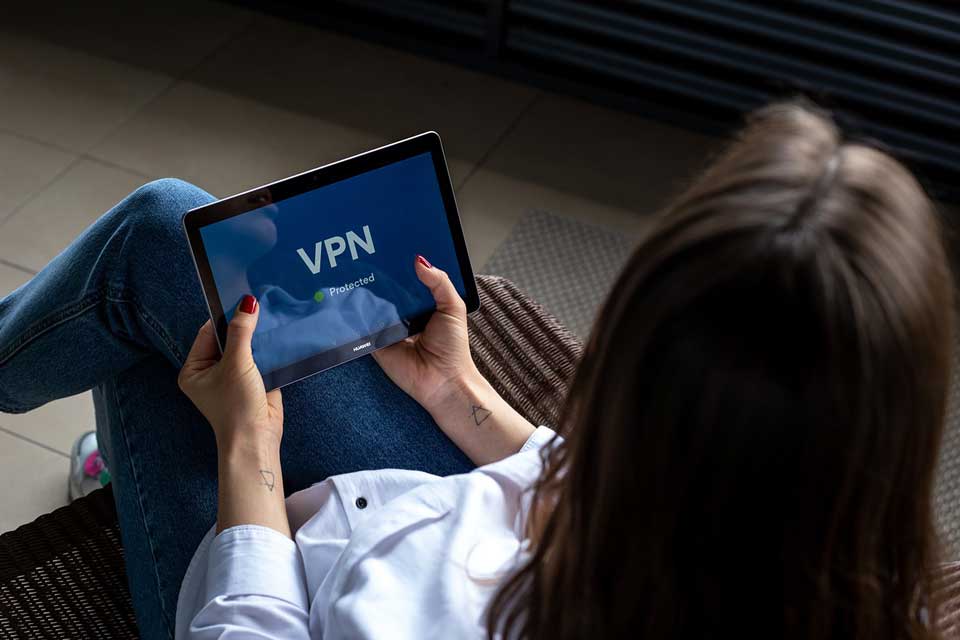Nearly half of EMEA CIOs are shifting to co-owning digital leadership with their CxO peers
https://cybersecureforum.co.uk/wp-content/uploads/2023/11/CIO-thisisengineering-raeng-uyfohHiTxho-unsplash.jpg 960 640 Stuart O'Brien Stuart O'Brien https://secure.gravatar.com/avatar/81af0597d5c9bfe2231f1397b411745a?s=96&d=mm&r=gThat’s according to Gartner’s annual global survey of CIOs and technology executives, which has found that CIO’s relationship with their CxO peers is ‘reaching a different level’.
Daniel Sanchez-Reina, VP Analyst at Gartner, said: “CIOs who co-own efforts with their CxO peers to place the design, management and delivery of digital capabilities with teams closest to the point where value is created, are most effective at maximising digital investments.”
In this CIO-CxO co-ownership, also called democratization of digital delivery, the CIO acts as a franchiser of technology within their organization.
Gartner analysts presented the survey findings during Gartner IT Symposium/Xpo, taking place here through Thursday. The 2024 Gartner CIO and Technology Executive Survey gathered data from 2,457 CIO respondents in 84 countries and all major industries, representing approximately $12.5 trillion in revenue/public-sector budgets and $163 billion in IT spending. In EMEA, 917 CIOs participated in the survey, representing nearly $3.9 trillion in revenue and $66 billion in IT spending.
“Consciously or unconsciously, CIOs have already been laying the foundation for democratized digital delivery with technologies such as low-code platforms,” said Sanchez-Reina. In EMEA, 66% of CIOs said they have deployed or plan to deploy low-code platforms in the next 24 months. Artificial intelligence (AI), which 72% of EMEA CIOs say will be a game-changing technology in the next three years (29% for generative AI), will also rapidly advance the democratization of digital delivery beyond the IT function.
The survey revealed that CIOs’ top areas for investment in 2024 include cybersecurity, data analytics and AI (see Figure 1).
Figure 1. EMEA CIOs’ Expected Change in Technology Investments in 2024

Source: Gartner (November 2023)
“Franchiser CIOs are breaking down the barriers of IT, allowing other business units to produce IT beyond using it,” said Sanchez-Reina. “Those business units participate in the IT delivery responsibility and are accountable for the success of their own IT applications and systems they produce. Such participation in technology production goes from managing to implementing and building technology initiatives.
“This shows that the distinction between what is “IT” and what is “business” is becoming virtually impossible.”
There is no one pattern for franchised digital delivery. Several factors such as the enterprise culture and CEO sponsorship will influence the design and inner workings of the franchise model and the ways in which CIOs and their CxO peers engage. Above all, the CIO must coach their business partners on the journey, offering advice and frameworks, and brokering the internal and external connections they need to successfully co-own digital delivery.
“The payoff of modeling CxO-CIO partnerships for digital delivery on a franchise model is substantial,” said Sanchez-Reina. “CxOs who embrace this franchise model are twice as likely to meet or exceed expectations from digital investments, compared with those who don’t embrace it.”
Photo by ThisisEngineering RAEng on Unsplash



